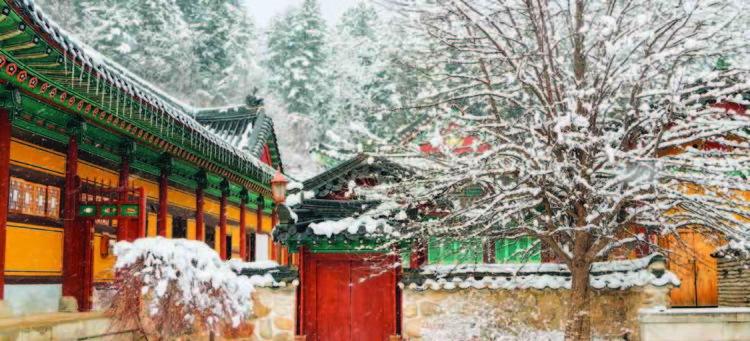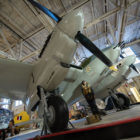
In the Spotlight
PyeongChang, South Korea: Finding the Olympic Spirit in East Asia
December, 2017
It was third time lucky for PyeongChang when it was finally chosen to host the 2018 Winter Olympics. After unsuccessful bids for the 2010 and 2014 games, the South Korean county is all set to welcome athletes and viewers from all over the world this February. Whether you’re planning to go yourself or are content just to kick back and watch the coverage on TV, it’s a good time for a backgrounder on the upcoming festivities.
The Host
PyeongChang is a county located in Gangwon, the largest of South Korea’s nine provinces. Known throughout Korea for its rugged forested terrain, much of Gangwon is covered by the Taebaek Mountains, a range that descends along the eastern side of the Korean peninsula. The altitude and location make for cold and snowy winters, with PyeongChang sporting an average February low of -10.5 ºC. For the Olympic period (Feb. 9 to 25), PyeongChang’s record low is -27.6 ºC, set in 1978, and on one particularly nasty day in February 1989 the area received 87.6 cm of snow. Ouch!
The Games & Venues
The PyeongChang games will be Korea’s second (after Seoul in 1988) and the third winter games in Asia (after Sapporo in 1972 and Nagano in 1998). Gold medals will be awarded in 102 events, the most ever for a Winter Olympics. Four of these events—mixed-doubles curling, mass-start speed skating, mixed-team alpine skiing and big-air snowboarding—are brand new. Additionally, four countries are set to make their Winter Olympics debut: Ecuador, Eritrea, Kosovo and Malaysia.
Most of the venues will be concentrated in two clusters. Ski and sliding events will be held at the mountain cluster in the northeast corner of PyeongChang County. The coastal cluster, located in the nearby port city of Gangneung, will house the ice events. Yes, that includes women’s and men’s hockey, the latter of which will be lacking NHL participation for the first time since 1994.
Getting There
In the past, the rugged PyeongChang area was a difficult one to reach. These days, though, South Korea’s advanced transportation network makes getting around a breeze. For starters, most travellers enter the country at Incheon International Airport (ICN), about an hour west of central Seoul. The airport serves about 60 million passengers a year and has frequently been named the world’s cleanest and best airport. Even better, the airport is now connected to the KTX, South Korea’s excellent bullet-train network. With a new KTX extension to Gangneung opening in December 2017, visitors will be able to travel the 250-plus kilometres from airport to opening ceremonies in an hour. The train passes through Seoul Station, making it easy for tourists to hop off and explore the Korean capital on their way to or from the games. For more information, and to reserve tickets online, visit the Korail website at www.letskorail.com.
That’s Not All
If you’re in PyeongChang and find yourself overdosing on sports, fear not—there’s plenty else to do in Gangwon. Check out the nearby national parks at Odaesan, Seoraksan or Taebaeksan (if you’re wondering, san is Korean for “mountain”). Each has gorgeous alpine scenery year-round, along with scores of hiking trails—just remember to dress for a winter hike. Alternatively, take a short trip to the town of Jeongdongjin, just south of Gangneung. It’s famous in Korea for its scenic beach-side train station, and the beach is also a popular place to catch a sunrise. If your leanings are more spiritual in nature, you can easily visit a Buddhist temple or two. Woljeong Temple, conveniently located in northern PyeongChang County, dates back to the 7th century and has a number of cultural and historic relics, including a thousand-year-old stone pagoda. t8n
Did You Know?
Alberta and Gangwon have had a sister province relationship since 1974. The Korean pavilion at Government House in Edmonton was a gift from Gangwon in 2005 to mark both the 30th anniversary of this relationship as well as Alberta’s centennial.
Winter Olympic Trivia
- The games in 1940 (Sapporo, Japan) and 1944 (Cortina, Italy) were cancelled due to war. Cortina later hosted in 1956, and Sapporo did the same in 1972.
- Discontinued sports include bandy, sled-dog racing, speed skiing, military patrol (which evolved into biathlon) and skijoring (like sled-dog racing, but on skis).













